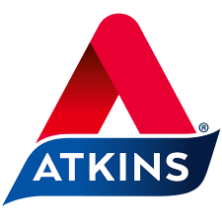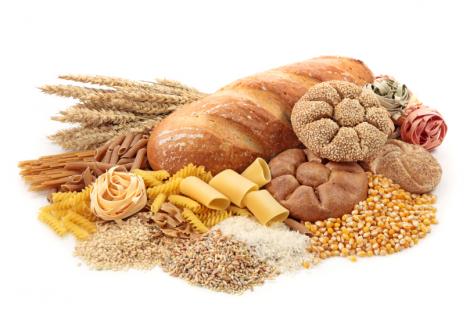Try to avoid fast releasing carbohydrates as much as possible. But how do you know exactly which foods are high in these types of carbs? Generally foods with high sugar content and white grains contain fast releasing carbohydrates. See below a list:
- Candy
- Cake
- Pastries
Soft drinks and juices (with added sugar)
- White rice
- White bread
- Ice-cream
- Most breakfast cereals:
- cornflakes
- Muesli
Fruit and dried fruit
- Sugar
- Syrup
- Honey






